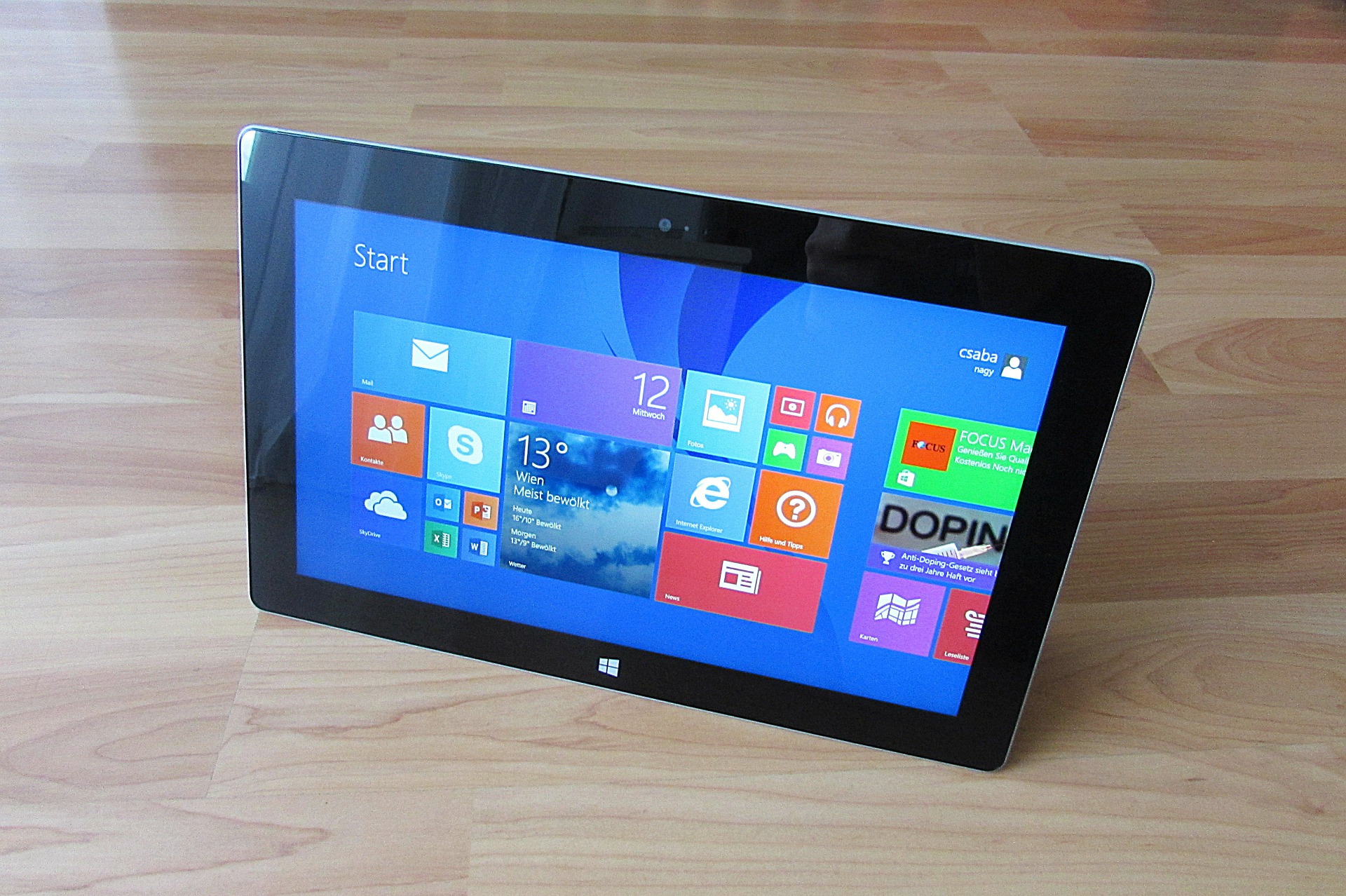Microsoft is in a continual state of flux, upgrading and improving on their products and services. This applies not only to OS releases and new software products, but to updates and patches which are issued on a fairly regular basis. Over the last week, the company changed its delivery mechanism for updates to Windows 10, claiming that the new bundling approach will alleviate confusion and effectively streamline the OS’s regular refreshes.
Windows Updates Combined
Up to now, Microsoft has distributed each of two types of updates separately. The two updates, known as servicing stack update (SSU) and cumulative update (CU) will be packaged for download by IT administrators. According to Microsoft:
- Servicing stack updates provide fixes to the servicing stack, the component that installs Windows updates.
- Cumulative updates include improvements to enhance the functionality of the application/programs on Windows Operating system.
This change applies to those customers running Windows 10 2004. Beginning in September, they will see a single cumulative monthly update, including the month’s cumulative fixes and the appropriate servicing stack updates for that month. The SSU and CU will be packaged together, and the client will deploy the installation.
New Windows 10 Version Ready to Go
Microsoft will likely release the next version of Windows 10 (20H2 ) in September or October of 2020. Experts at Computerworld recommend downloading and keeping an official, clean copy of Win10 version 2004, even if you don’t ever plan to run 2004.
Downloading a clean copy of Windows 10 version 2004 is simple, completely legal, and takes very little time and disk space. but you may need it someday, and there is no guarantee to its availability in the future.
Application Guard Added to Windows
Microsoft unveiled a public preview of “Microsoft Defender Application Guard for Office,” a technology designed to quarantine untrusted Office documents. This defensive strategy is meant to protect against the attack code carried by malicious files, ensuring it is not able to get to the operating system or its applications. A senior cybersecurity engineer with Microsoft recently previewed Application Guard for Office to the public, and explained not how it worked, walking clients through aspects of the operation which were not included in existing documentation.
“Microsoft Office will open files from potentially unsafe locations in Microsoft Defender Application Guard, a secure container, that is isolated from the device through hardware-based virtualization,” John Barbare explained.
“When Microsoft Office opens files in Microsoft Defender Application Guard, a user can then securely read, edit, print, and save the files without having to re-open files outside of the container. Application Guard for Office isolates certain files opened in Word, Excel or PowerPoint. Documents obtained from the general Internet, intranet domains or domains that have not been deemed trustworthy, or attachments and files from potentially unsafe areas are opened in a virtualized environment, called the sandbox, where malicious code can’t do any damage.
Dedicated IT Experts Can Help
At Alliance It, we know that staying on top of all of the latest updates, patches and applications is the best way to protect your business, However, we also understand that for many small to mid-sized business operations, there is simply not enough bandwidth or resource to keep up with all the changes. This is one of the reasons that having a managed services provider can be such a huge benefit to your organization.
With our deep knowledge base, dedicated professionals, and latest technology, we can ensure that your company has all the tools you need to stay ahead, stay productive, and stay successful. Call Alliance IT today for more information on how we can help.

